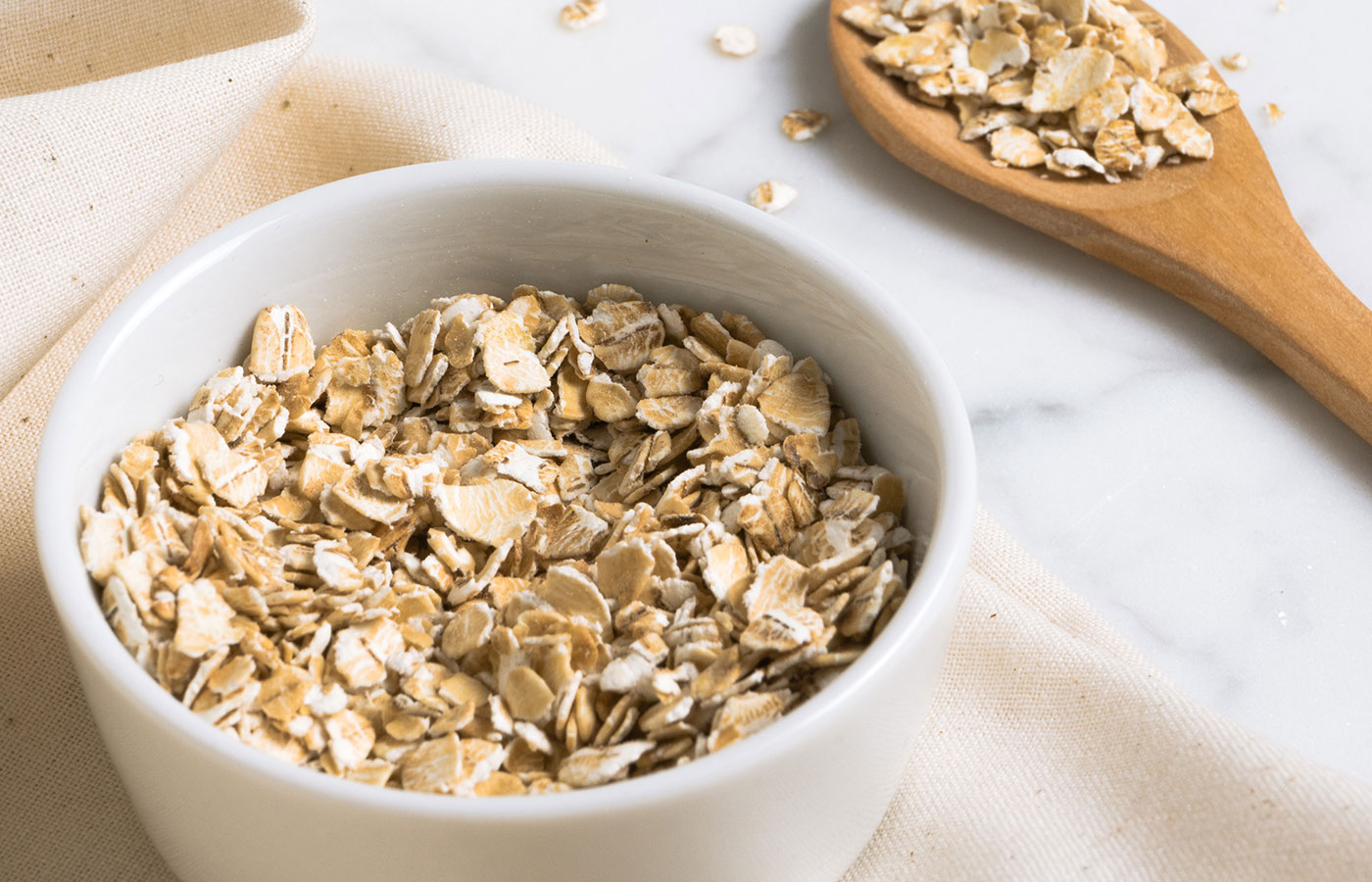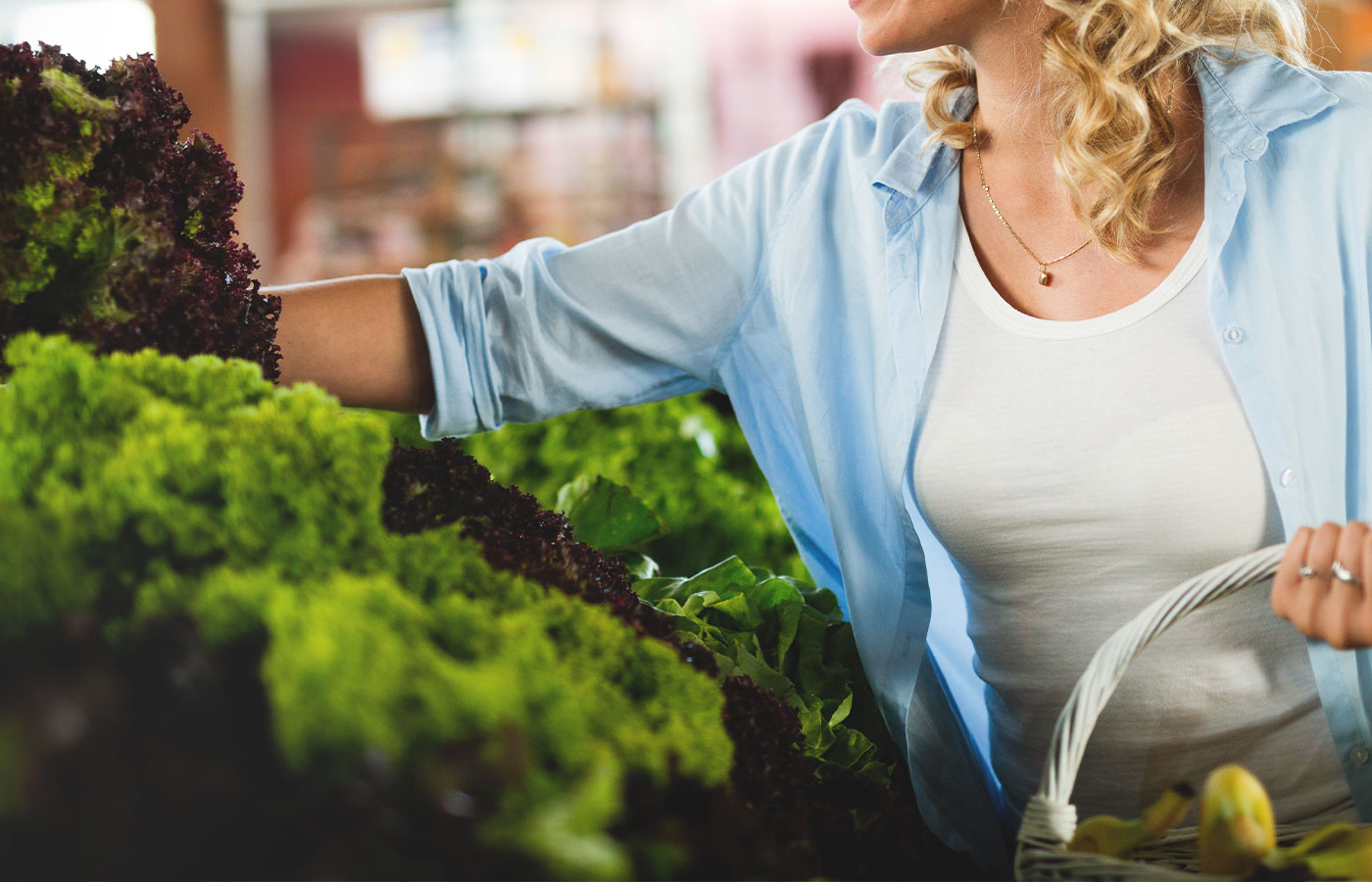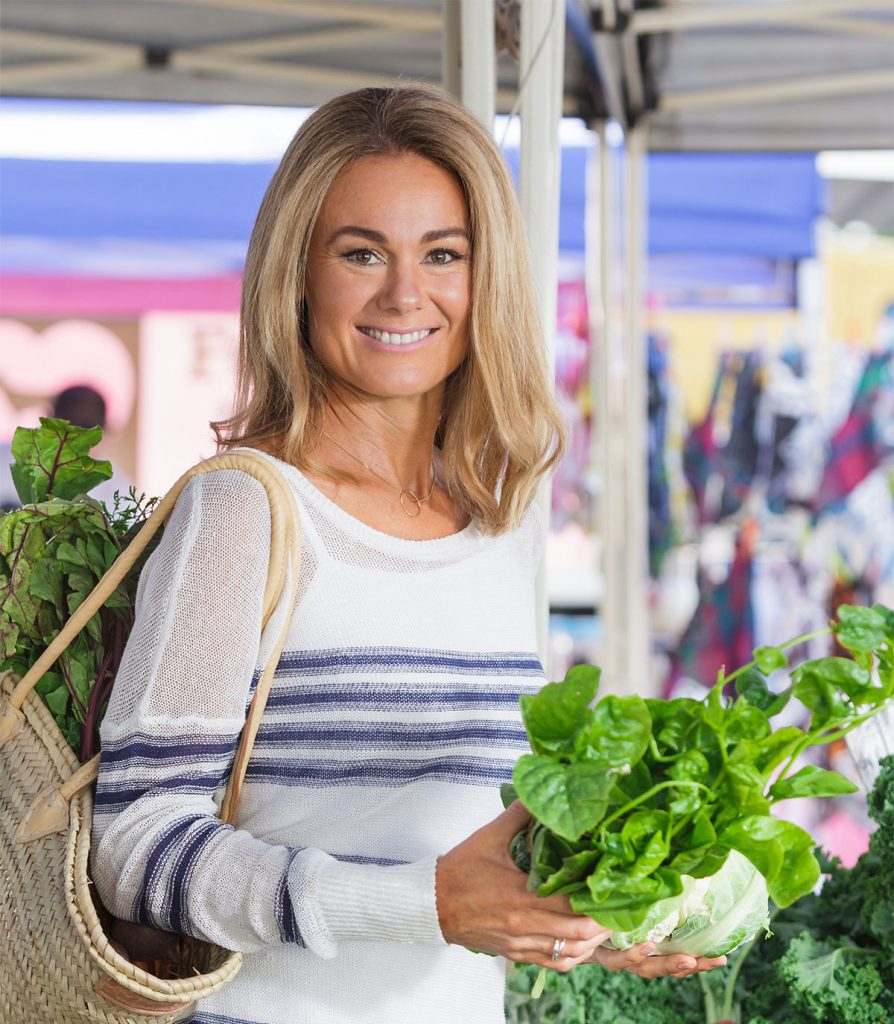A question I am asked regularly is whether or not oats are gluten-free.
So, let’s take a look.
Gluten is the name given to a protein in wheat, rye, barley and oats that affects people with coeliac disease.
Gluten is a composite name representing:
- gliadin in wheat
- secalin in rye
- hordein in barley
- avenin in oats.
People diagnosed with coeliac disease cannot eat gluten-containing foods. Yet there are others who, despite not testing positive to coeliac disease, have numerous symptoms that resolve through the same dietary changes. My take on this is that science isn’t finished yet. What if there are 50 more mechanisms through which the human body reacts to gluten and coeliac disease is only the main one we currently know about?
The current tests for gluten can measure gliadin, hordein and secalin, but not avenin, as it is a slightly different protein. Avenin is an essential part of oats, just as gliadin is with wheat. Oats will never be gluten free (i.e. avenin free) even if they are described as gluten free. Oats are (obviously) wheat free (i.e. gliadin free). Many labels are misleading or at minimum, confusing, in this regard. I’ve also seen cafes offering “gluten free ANZAC biscuits” made with oats, which is an inaccurate (and concerning) name to give them. Approximately one in five (20 per cent) people with coeliac disease react to pure uncontaminated oats. That is, they react to oat avenin.
While some people with coeliac disease and some who are gluten-intolerant can tolerate oats, others can’t. Since we cannot predict who is the one in five (20 per cent), and we know that damage can occur in the absence of symptoms, I believe the best advice is that oats are not to be consumed by someone with coeliac disease without a biopsy prior to and during consumption. The practicalities of doing so may prove either challenging or worthwhile.
For someone who is gluten intolerant, if they know how their food reactions typically present, they will likely be able to tell if they digest oats well or not. Soaking them overnight helps their digestibility for some people who are gluten intolerant, but not all.
So when a label says that oats are gluten-free, a more accurate statement would be is that they are free from wheat gliadin, rye secalin and barley hordein. In other words, that there is no measurable contamination. But they still contain avenin.



